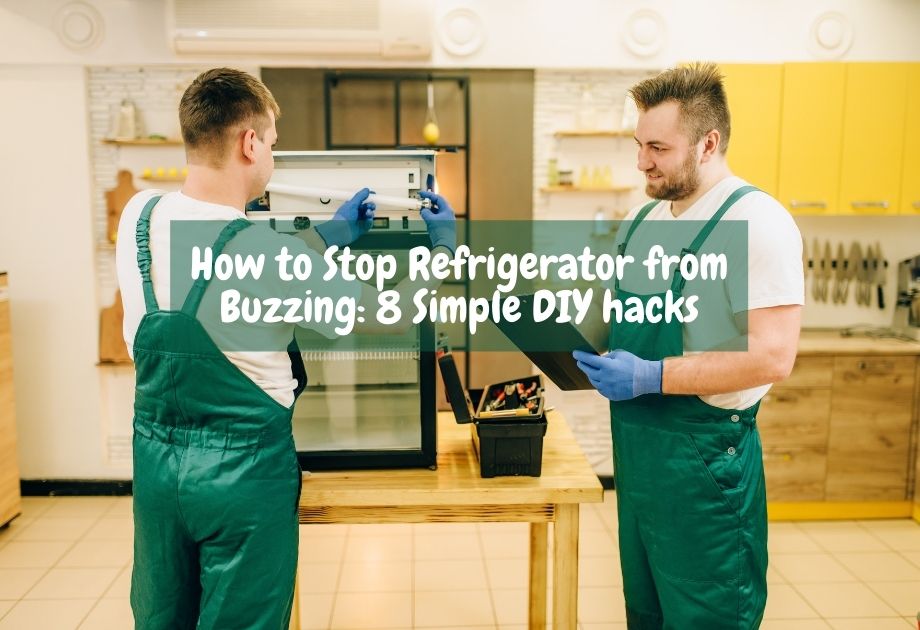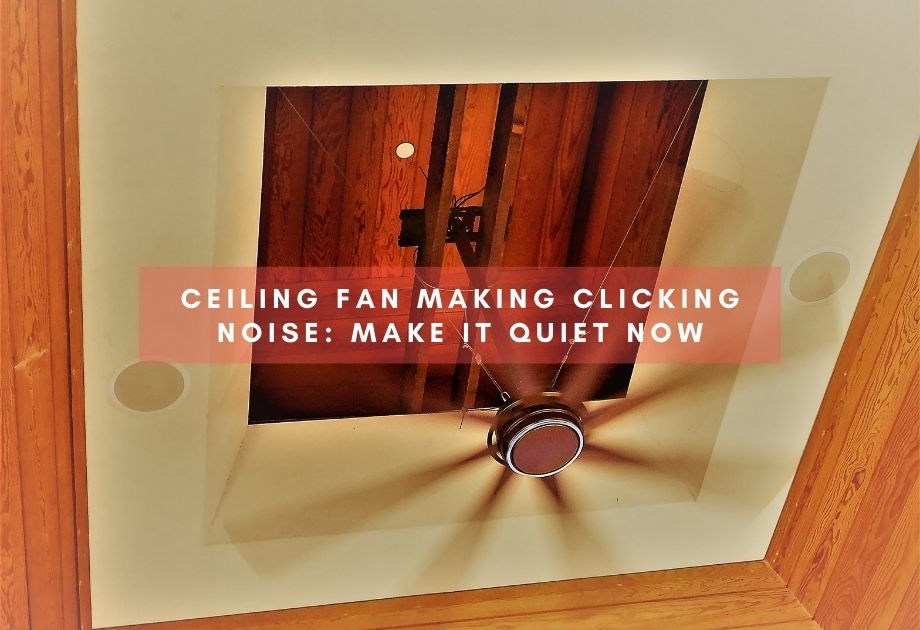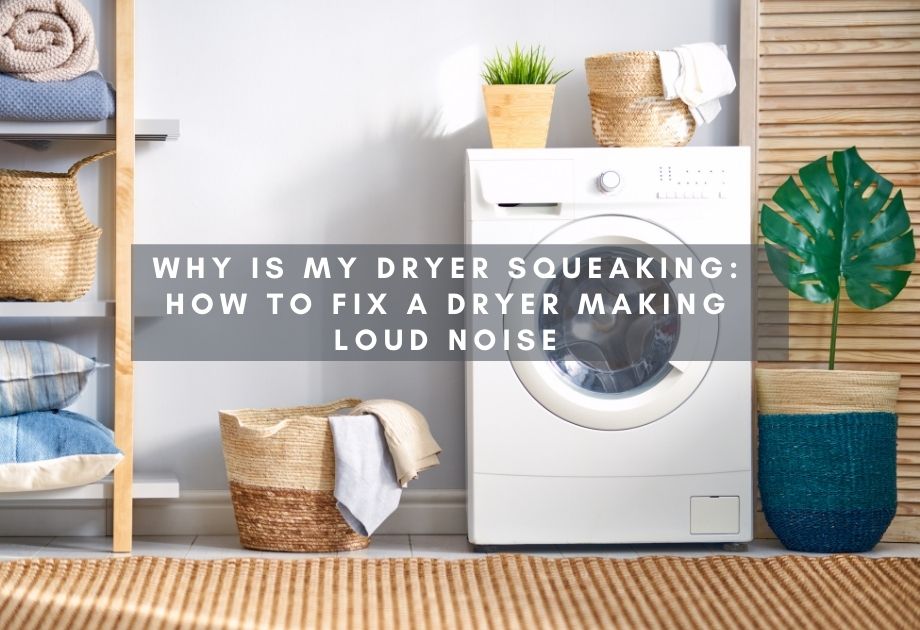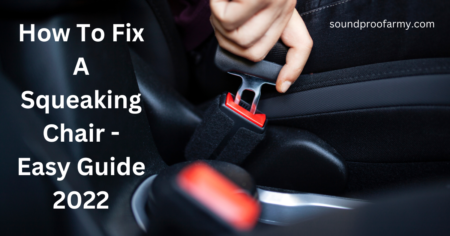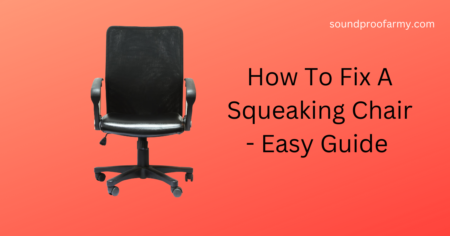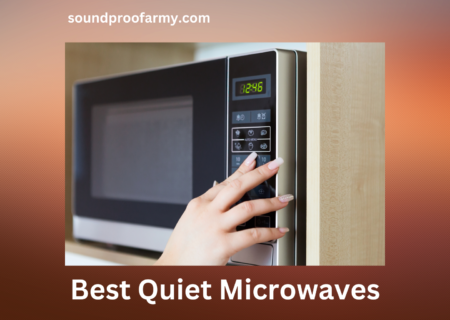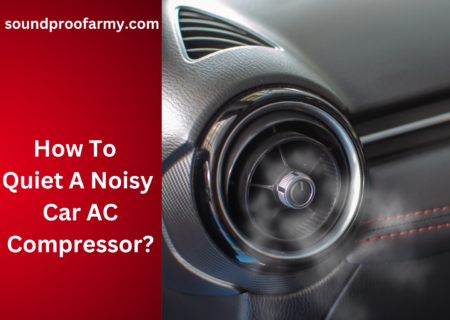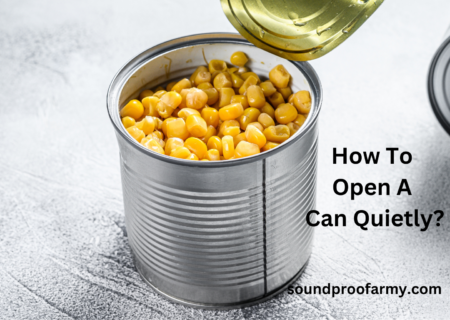The sump pump is a vital component of any home’s drainage system. If your sump pump is making gurgling noises or sounds like a washing machine this may be due to a clogged filter in the unit. But, obviously, you want to know how to stop sump pump gurgling.
In order for your sump pump to function properly, it needs clean water flowing into its basin at all times. A clog will prevent adequate flow which could lead to flooding in your basement if left untreated. Luckily, cleaning out a dirty filter is one of the easiest fixes around! All you need is the right tools and know-how.
If you’re looking for a quick fix to your noisy sump pump, try fixing vibration noise problems and clanging using rubber tubular pipe insulation or replace the motor with cast iron.
This article will talk about the sound a sump pump makes. There might be many reasons why it is making noise. The goal of this article is to give you one guide that will make your sump pump quiet.
Table of Contents
Sump Pump Noises and What They Mean
When the noise of the sump pump is really loud, it means that something is wrong with it.
it can make different noises such as gurgling noise, loud banging noise & thump, humming noise, and buzzing noise, which is why you should be able to tell what the problem might be.
Sump pump making a gurgling noise
Gurgling happens when water is flowing through the pipes during discharge. This can happen when you use a standard check valve. this may be a sign that you need to replace the check valve.
Some gurgling noises may mean there is a leak in your sump pump line, or it’s just your imagination. You should get someone to inspect it for you if this persists after some days of observation. other reasons for the sump pump making a gurgling noise are:
– The sump pump is submerged in water. You may have to install a check valve or point of discharge pipe to solve this problem.
– There’s air trapped inside your pipes, and it needs to be released before you can rectify the gurgling noise issue. A small garden hose will do just fine for that purpose.
Make sure you release all the pressure from your plumbing system first before starting with releasing any trapped air in order not to create an explosion risk when using compressed air devices such as aerosol cans or a power washer which could lead to serious injury or death.
The sump pump makes loud banging noise & thump
It is very likely that you will hear an unusual, loud noise coming from your sump pump if the pipes are not insulated or properly covered.
Because of this, when they hit the surrounding walls and pipes or the pump basin, they make loud banging noises.
Moreover, When water flows through the pipes, they vibrate. Then they make a loud banging noise. This happens because the sump pump lids don’t have rubber stoppers under them to stop the noise.
These are the symptoms of a sump pump that is not operating properly.
This problem can be fixed by simply adding more insulation or covering up the pipes and surrounding walls with something thick. The sound will then go away.
If your sump pump makes loud thumping noises, it’s because you have an old model that has worn-out parts and needs to be replaced soon.
If this is bothering you too much, contact a plumber immediately who can advise on how to fix the issue before it becomes bigger than expected.
Another common reason for the loud banging noise is when the pressure in the pump changes and air bubbles get trapped.
The sump pump makes a clanging noise
If the sump pump is old, clanging can be a sign that it’s almost time for an update.
A more likely cause of this problem is dirty water in your pipes. This could happen because you have too many leaves or other debris so try to clean up around the area and see if that solves it.
There are different ways to deal with clanging sounds:
- Use insulation around the pipe to reduce the noise
- Use rubber stoppers on the bottom of the pump lid
- Adjust the pump switch such that it stops running before the basin is empty. When the basin or sump pit is empty, the pump will make noises similar to the sound produced when sucking liquid through a straw,
- If the above tips don’t work, the chances are that the pump is installed incorrectly. You will need a professional to help fix the problem.
Noisy Motor
Cast-iron sump pumps are quieter than those made from plastic or PVC. New models have self-lubricating motors and tend to be less noisy than the traditional variety of pumps.
-If you are using a cast-iron sump pump, make sure the motor is mounted on rubber pads that keep it from making contact with the floor.
-Place your ear near to where the pipes meet up and listen carefully for any noises coming out of them. If there are bubbles or gurgling sounds, this could indicate air has gotten inside one of the pipe joints
-Tighten all sealant around each joint by hand first before resorting to an oversized wrench
-Continue tightening until no more noise can be heard.
If your motor is older and has a lot of use, it may need to be replaced.
-Sump pumps are designed to work for up to 30 years but if the motor is old and worn out you will have issues with noise as well as performance.
Motor replacement can help solve this problem by improving both sound quality and water flow rates through your pipes.
If you want to replace the pump, these four pumps are quieter and made of iron.
The pumps include:
- Superior Pump 91250, 1/4 HP
- Zoeller M53 Mighty-mate Pump
- WAYNE CDU980E 3/4 HP Sump Pump
Sump pump making a humming noise
If your sump pump is making a lot of noise, there might be different reasons for this. Is the noise a humming sound? If that’s what it sounds like, you might have to check the valve.
When the check valve is stuck or not set up well, it can make a loud humming noise. consider replacing it.
Other common reasons are a jammed impeller, a broken or worn-out bearing on the pump shaft.
Expose the impeller and if you see any blockage, then clean it. It’s either because the motor is running too fast or you have an air leak in the system.
Sump pump buzzing sound
The noise coming from your sump pump might be a result of pipes that are frozen.
To improve the quality of water and reduce noise, slowly warm up the pipes by taking care not to overheat them.
Also check the pipes and the connections for cracks and leaks.
If this doesn’t work, you may need to replace the pipes or the sump pump itself.
You can also check for any air bubbles that might’ve caused the buzzing sound to be louder than usual.
This is usually a sign that your equipment needs some assistance.
You should also contact a professional if you notice any other problems such as water leaking outside or mud around your discharge pipe because these might require more complex solutions.
Vibration Noise
If the discharge pipe, which is often made of plastic, hits a hard surface like ceramic or porcelain when it empties into your basin, vibrations might occur and make a noise.
The solution here would be to install an elbow piece in this area where the discharge pipe meets with the drain hole.
This will prevent any contact between these two surfaces.
This can also happen when pipes are not properly supported and the vibration from water moving in them is transmitted to a hard surface such as the floor or wall.
This might cause vibrations that will make your sump pump sound like a washing machine.
The solution here is you can wrap the pipe with foam insulation that is on the floor, wall, or basin.
You can also put rubber grommets on the sump pump cover so it doesn’t make any noise.
If your pipe has a lot of joints and twists and turns, you should try to reroute or replace it so water will not make as much noise when it goes in.
Slurping noises
If your pump is dry, it makes a noise that sounds like someone who is trying to suck liquid through a straw.
Set the water in the sump pump to be a few inches deep.
If you have leaks or need to replace valves, do it as soon as possible. This will stop the slurping noise from happening.
How to Fix A Sump Pump Making Gurgling Noise or Any Other Noises?
Before you start to fix your sump pump, here are the tools and materials you will need.
- Rubber grommets
- Plywood Foam insulation
- Rubber gaskets
- A spring-loaded check valves
The materials you use will depend on the type of noise that your sump pump makes. Let’s have a look at how to fix a noisy sump pump.
Sump Pump Motor Noise
If your motor is noisy, first cover it with foam insulation or a lid. This tip applies to old models that have no insulation in them. You can also use a rubber gasket to seal the hole where the pump connects to your sump pit.
If you have a newer model with insulation, just make sure that it is in good condition and replace it if necessary.
You need to attach the plywood to the ground around your sump pump. Use a rubber gasket or something else that will seal it so that the floor does not vibrate.
The check valve should be replaced too because this part of the system needs maintenance from time to time. If the noise comes back after some weeks, then more serious issues are likely at play so consult an expert for assistance.
Fixing clanging noises and vibrations
For this, you need to investigate what causes the pump to vibrate. When water moves through the pipe, it could vibrate against the surrounding walls or parts of the pump basin.
You may need to add some more insulation or a sponge near the pump and pipe.
– Add foam on top of the pipes with vibration, also check if you have an obstruction in your drain line that is restricting flow.
– Place rubber padding around where the pipes meet against walls or other objects they could come into contact with.
– Use sound dampening material like cork board placed over areas where vibrations are likely to occur.
If this hack doesn’t fix the problem then call a professional plumber who has experience with these types of problems.
Upgrade the check valve
To reduce or stop sump pump noise, you can replace the standard check valve with a more reliable spring-loaded style. With the spring-loaded style, there is no need to replace or clean out hoses.
A standard check valve means the gurgling noise of your sump pump can be heard. whereas, the spring-loaded check valve will make the gurgling noise go away.
They have the steadiest water flow and make the least amount of noise.
Secure Drain Lines
ABS and plastic pipes will bend and shake when there is lots of water pressure. Metal pipes will shake too.
If discharge pipes are not fastened to the wall and joists, then they might bend or break.
Insulation will also decrease the sound of a sump pump, and shortening discharge pipes will help to make them quieter.
Seal and Insulate Sump Pit
For the sump pit, a removable insulated cover should be fitted that fits tightly. This will help keep the sump pit warm and reduce noise.
Lined with a waterproof material, it’s also important to seal any cracks in this cover so that water doesn’t get in.
Install a lid on the top of your sump pump to decrease noise and ensure that debris, pets, or children are not able to fall into it.
The tight fit ensures that the pedestal pump doesn’t rattle, and will reduce knocking or thumping noises.
Also, adding grommets around the holes will stop knocking or thumping as the pump cycles on and off.
Install A Quiet Sump Pump
Sump pumps are often rated according to horsepower, with the more powerful pumps being noisier. A quieter, less powerful pump may be a better solution if noise is an issue.
If you have found that your sump pump makes gurgling noises and sounds like a washing machine then it’s high time for you to replace it with one of these new quiet models which will make much less noise in your basement or garage.
A submersible pump is quieter than a pedestal one. Cast iron vacuum-sealed self-lubricating submersible pumps are a quiet choice.
On Sump Pump Making Gurgling Noise
There are a variety of reasons why your sump pump may be making noise.
It’s important to know the difference between gurgling and other noises so you can identify what is causing the racket before replacing parts or calling for service.
If you have noticed any other sounds coming from your sump pump, it might not be because there’s something wrong with the valve but rather another part of the system that needs repair.
In this case, don’t replace anything until you’ve done some more diagnostics on your own!

![How To Stop Sump Pump Gurgling [Top Tips To Fix]](https://soundproofarmy.com/wp-content/uploads/2021/06/Sump-Pump-Making-Gurgling-Noise_-How-to-Fix-It-in-Simple-Steps.jpg)

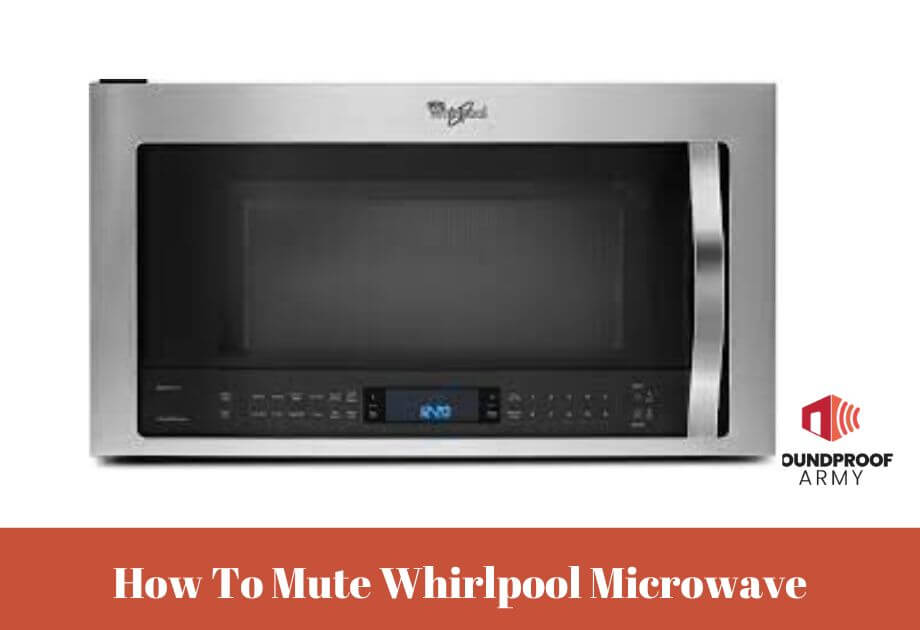
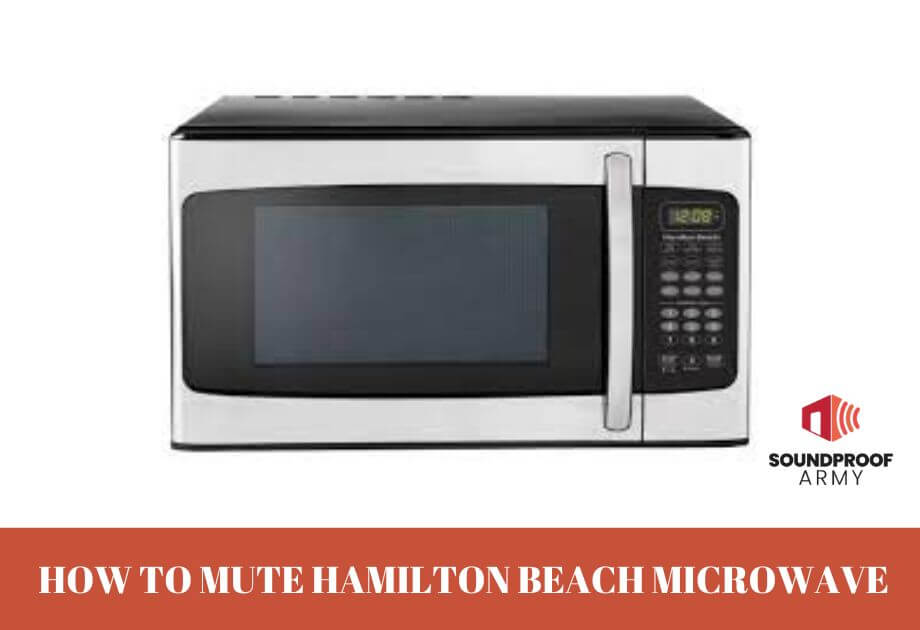
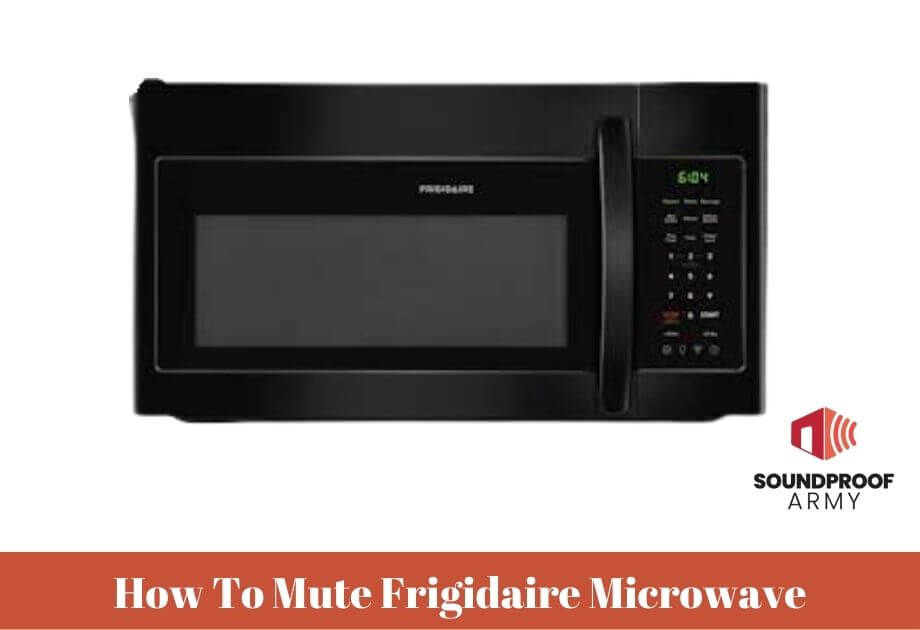
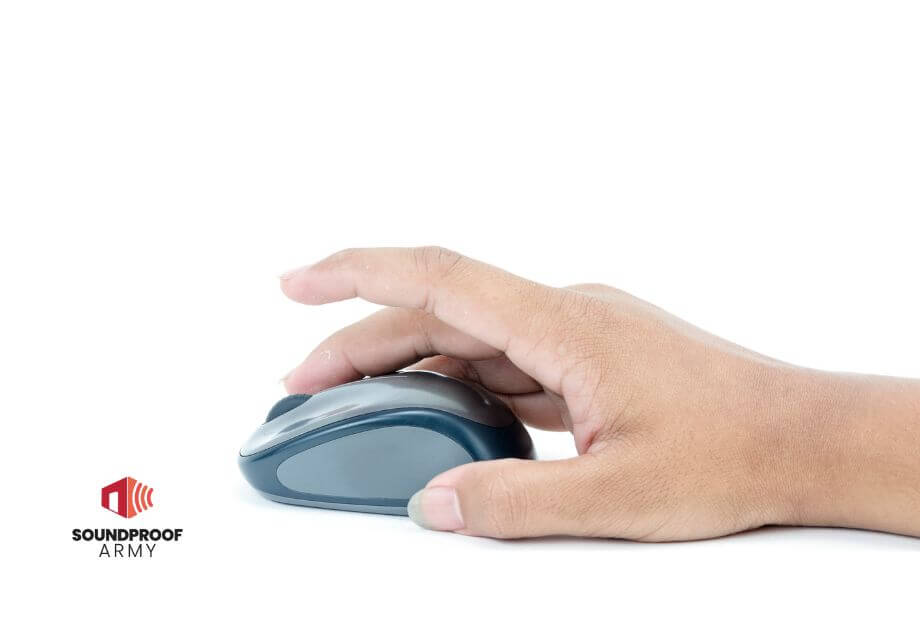
![How to Make your Generator Quiet [11 Tips]](https://soundproofarmy.com/wp-content/uploads/2021/06/How-to-make-your-generator-quiet.jpg)
